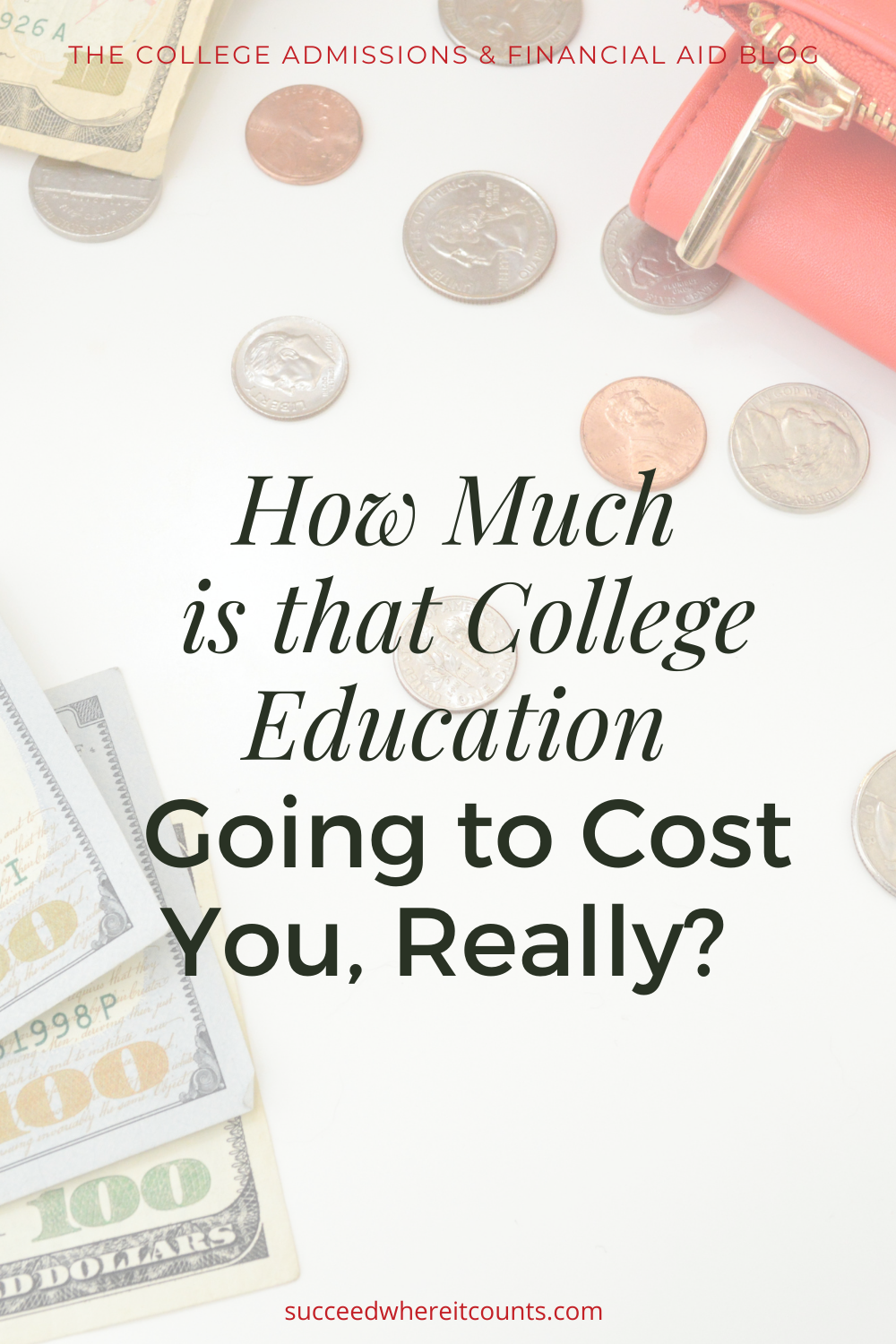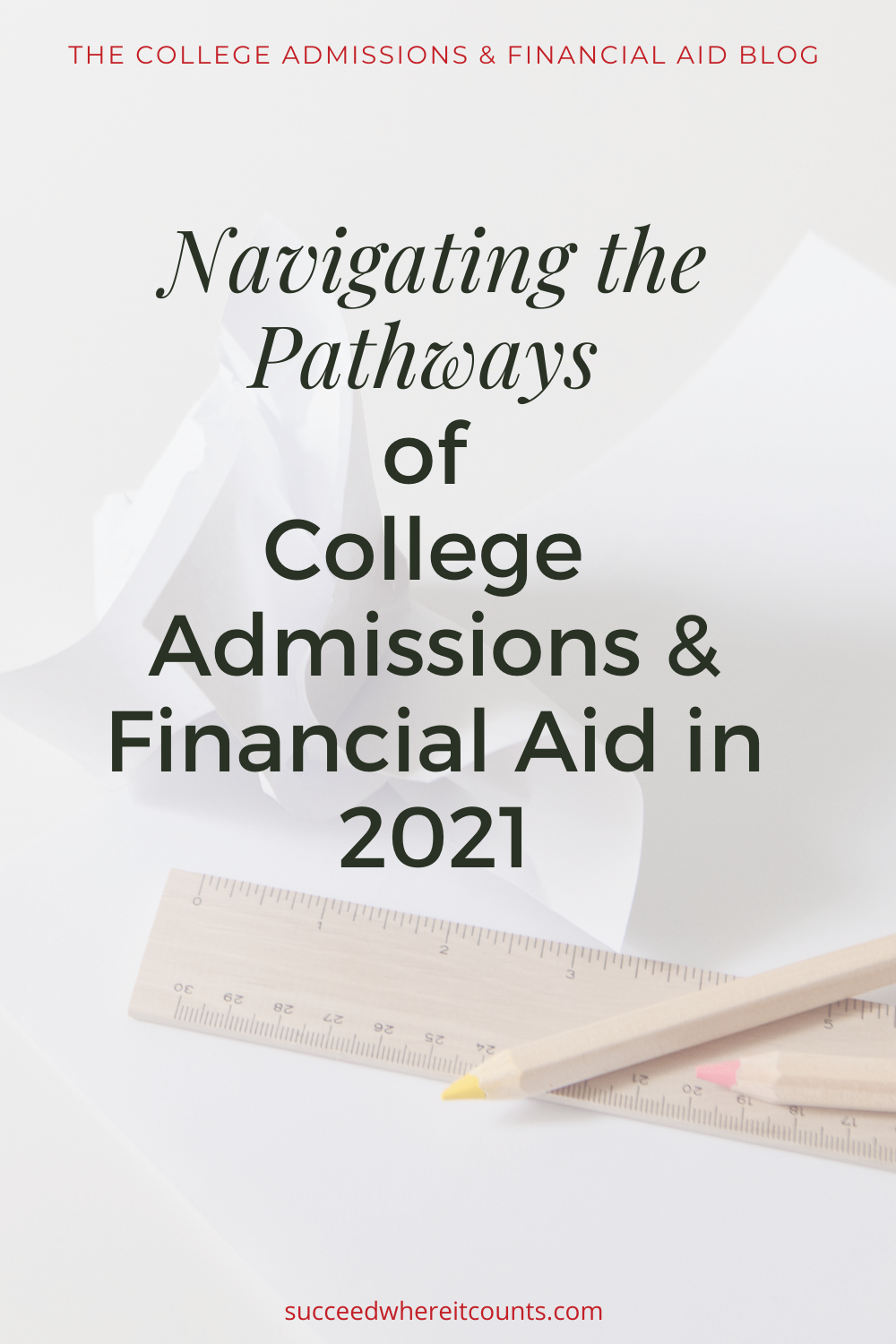FAFSA REVIEW
Frequent reminders of essential information are necessary and important. That is brought to my attention when, in conversation with a parent, the mystery and misunderstanding of FAFSA come to the front. This blog is not exhaustive in its treatment of FAFSA. I have written other blogs on the topic, including 8 common mistakes to avoid when completing FAFSA. You can read that post by clicking here. This article is the reminder you want of the basics about FAFSA.

- FAFSA Free Application for Federal Student Aid. The application is free, not necessarily will the financial aid be free. Reputable counselors (like your author) do not charge a fee to help families complete FAFSA. Other consulting services do come with a fee.
- It's a data collection tool. FAFSA does not award any financial aid. There is a Student Aid Report (SAR)generated as FAFSA is completed and submitted. However, even those amounts are not set in stone. The data you provide is sent to any college you list within the FAFSA form. Those college financial aid offices make the actual awards decisions.
- A loan is a loan. Every FAFSA SAR I have seen includes student loans. As with any other loan, there is paperwork to be completed, by the student, within a deadline. The requirements include signing off on a financial education module, signing a Note of Indebtedness, and signing a consent to assign the loan dollars to the college of your choice. Those dollars will be deposited in your student account, and the college will deduct appropriate charges. The balance (if any) is yours to do with as you please. There are origination charges (temporarily waived for COVID-19 relief), and interest charges that may be subsidized (i.e. paid for) by the U.S. Treasury Department. Most loans, however, are unsubsidized. That means the student owes the interest as well as the principal sum.
- Annual renewal is required. You complete a FAFSA every year for which you seek financial aid for college. You create an account, including a username and password; challenge questions; a Save Code; and double authentication (email and cellphone). Because of those features, subsequent applications are pre-populated. Often, the only change required is to update the family's financials.
- There is a limit. Undergraduate students may borrow, on their own signatures, up to $27,000; with an extra $4,500 in special circumstances, or $31,500 maximum. Eligibility and disbursement are $5,500 for year one; $6,500, year two; $7,500 year three; and $7,500 year four. The additional $4,500 is not guaranteed, and can be requested at the end of year four. Horror stories you read about unimaginable student debt are because of private loans, which in most cases, require a co-signor.
- Interest rates are attractive. Direct Student Loans interest rates are low, and change every year, effective July 1. The interest charged is linked to the Ten-Year Treasury Note interest rate. Each annual loan, therefore, has its own interest rate. Each annual loan is a separate contract. For a student graduating in four years, and taking advantage of student loans, he or she will have four different loans, each with its own interest rate. Those four may be consolidated at a yet new interest rate (one that is typically favorable).
Takeaways are: FAFSA gives no money, the colleges do. FAFSA aggregates data and sends it where you say. FAFSA is an annual application. On their own signatures, undergraduates can borrow a maximum of $27,000 (and with approval, $31,500). Interest rates favor using the loans. Remember, you finance every purchase you make: either borrow and pay interest, or pay cash and lose interest.





 Subscribe
Subscribe
